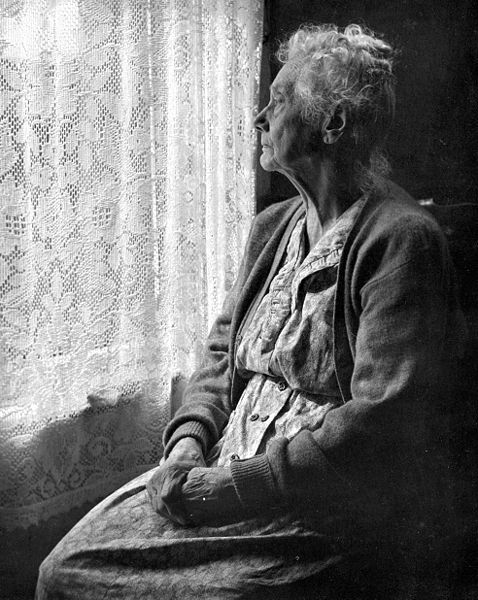AARP Eye Center
The Takeaway: Shades of Caregiving Past Not Always Rosy; Restoring Balance As You Age
By Elizabeth Nolan Brown, January 16, 2012 09:32 AM

If we confront what old-age support once looked like - what actually happened when care was almost fully privatized, when the old depended on their families, without the bureaucratic structures and the (under)paid caregivers we take for granted - a different picture emerges.
It was a time when many parents had to offer incentives, such as the promise of an inheritance, to get children to take care of them in old age. Inheritance and caregiving disputes among siblings were common. Some children weren't cut out for "the work of care," but didn't have any other options.
Today's elder support system isn't perfect, Hartog admits. And families are still an integral part of the equation. But "the care they offer is typically enmeshed with and dependent on bureaucracies and on the labor of others," such as home health care attendants, hospital orderlies and hospice aides. "We may not love the bureaucracies and the institutions that shape our lives today," writes Hartog. "But would many of us really want to live in a world without them?"
Restoring Balance: Dizziness and instability are common complaints among older adults-about 6.2 million Americans report a chronic problem of balance, dizziness or both, the Boston Globe notes. The causes are complicated, ranging from low blood pressure, dehydration or abnormal heart rhythms to vertigo, prescription drug side effects or calcium carbonate crystals that collect in the inner ear.
Determining the cause of the dizziness or balance problems is the first step to treatment, doctors say. Sometimes something as simple as a change in medication can help. Sometimes physical therapy is needed. In one type of therapy, called habituation therapy, "you have people go through head motions that make them dizzy and the brain will learn to suppress that dizziness,'' physical therapist Fay Horak explained.
Horak has also been designing one of two belts, set to hit the market next year, that will vibrate or beep when a wearer is tilting to one side and could potentially fall. In one test, the vibrating belt was able to reduce risk of falls among older adults (average age: 79) from 20 to 80 percent.
Monday Quick Hits:
- Are runners destined to wear out knees, ankles or hips as they get older? Not as long as they're careful, experts say. In fact, some studies have shown running to protect joints.
- Conservative proposals for Social Security and Medicare reform reflect a 'divide-and-conquer' strategy inspired by the Leninist movement, argues Michael Hiltzik.
- A new study finds processed meats like bacon and sausages linked to a higher risk of pancreatic cancer.
- Boomers' withdrawal from the stock market could cause trouble. "In the short-term, the economy drives market returns," said professor David Food, author of Boom, Bust & Echo. "But over the long-term, demographics dominates as the major determinant-and its impact is very hard to offset."
- Muhammad Ali turns 70. Nearly 30 years of Parkinson's disease has taken a heavy toll, the Associated Press reports. But "through it all he remains a proud man. There are no complaints."
- And a lively look at Patricia Cohen's In Our Prime: The Invention of Middle Age from the New York Times' Sunday book review. "On the whole Cohen believes today's midlife generation is managing to rewrite a cultural script that's been more than 150 years in the making," reviewer Laura Shapiro writes.























































